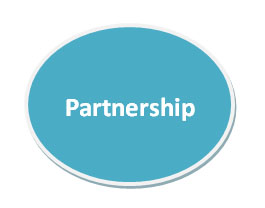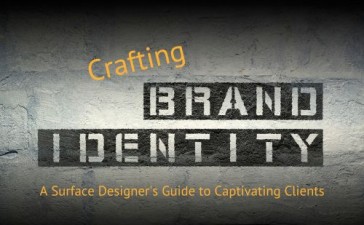The Partnership structure is designed for businesses which have more than one owner. The various State Partnership Acts define ‘Partnership’ as “the relationship which subsists between persons carrying on a business in common with a view to profit”.
Each state in Australia has it own Partnership Act and most states require written evidence of a partnership if it is expected to continue for more than 12 months.
The written agreement defining partners’ relations, and specifying how profits and losses will be divided, generally includes the following provisions:
· Names and addresses of the Partners
· Name of the firm
· Nature of the partnership business
· Duration of the partnership
· Initial capital contributed by each partners
· Distribution of profits and losses to partners
· Procedures for partner salaries/ personal drawings
· Partners’ roles within the business
· Record keeping and accounting procedures
· Bank details
· Extent of each partner’s authority
· Effects of death, bankruptcy, expulsion, incapacity or retirement of a partner
· Disputes resolution processes
· Procedures for the dissolution of the partnership
Although a partnership is often thought of as a unit, separate and apart from the individuals who are the partners, and is treated that way for accounting purposes, the law does not regard the partnership as a legal entity. Legally it is simply a number of individuals. All partners are jointly and individually liable for all debts and obligations of the partnership. Liability is not limited to an individual’s share of the debts and obligations as determined by the partnership percentage.
Therefore, partnerships offer no legal protection and are normally limited for use in close relationships.
Income, losses and wealth are distributed to partners according to their partnership percentage, and each partner’s share of the taxable income of the partnership is taxed at their respective rates of income tax. While partnerships must lodge tax returns, they do not pay tax in their own right.
Want to learn more about your business structure for your art & Design?
It’s as simple as 1… 2… 3…
2: Send an e–mail Quantum Compass: partnership@QuantumCompass.com.au and receive your PDF “ The Advantages and Disadvantages of being a “Partnership”
3: Contact Vinh for a no cost, no obligation coaching session: http://www.surveymonkey.com/s/ArtShineDiscovery
Older Posts:





